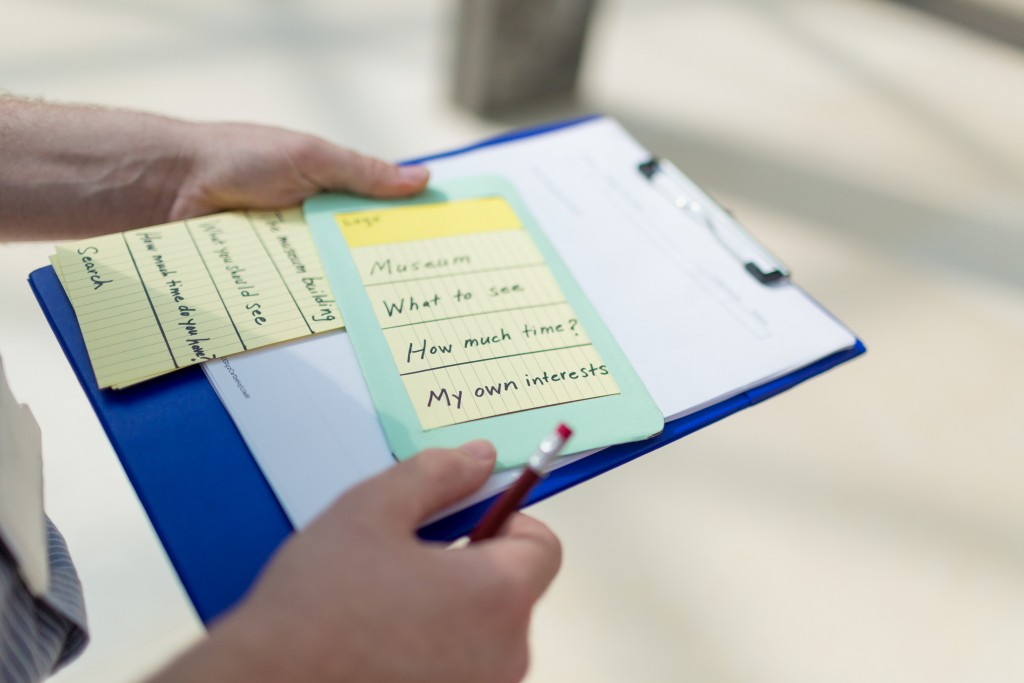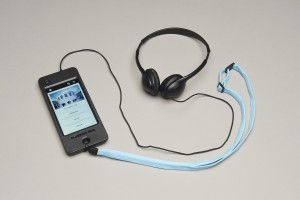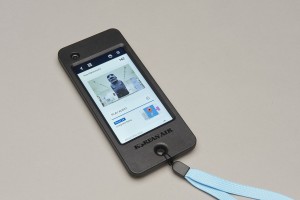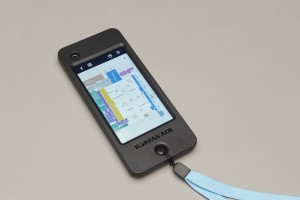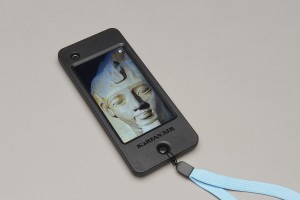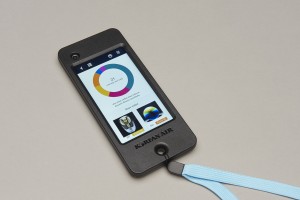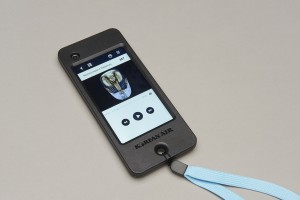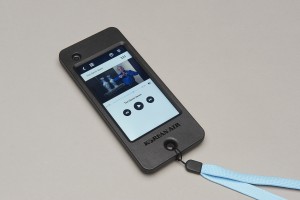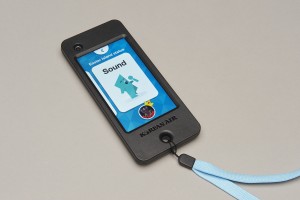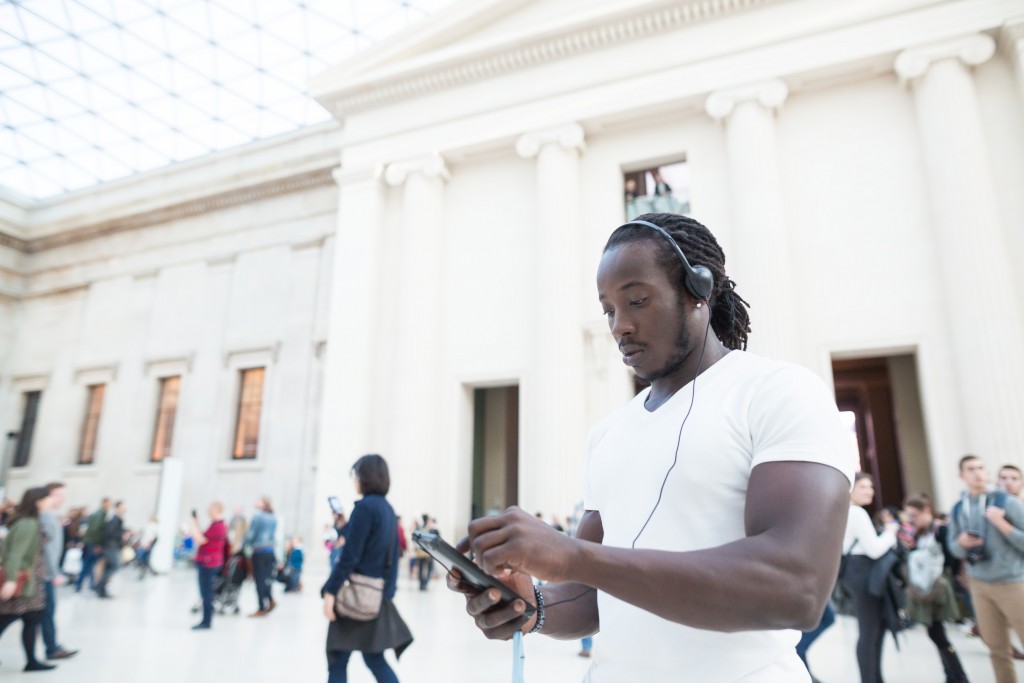Audio guide at the British Museum
The British Museum’s new audio guide for the permanent collection, sponsored by Korean Air, launched in December 2015. It replaced an ageing guide that had been in place since 2009. We are proud of this product because it does exactly what visitors want from an audio guide – we know because we asked them. Visitors were at the heart of every design decision. It is also a major leap forward in the way the Museum runs its audio guide business.
Why is it great?
- Clear vision
This product is an audio guide that feels at home amongst the slickly designed, sophisticated apps visitors have on their smartphones. It does not pretend to be something it’s not. The team set out to make a best-in-class audio guide and this vision drove the product from its earliest stages through to launch.
- Design grounded in user research
We began with an intensive five-week research project that helped us define the product vision. Crucially, we discovered that visitors wanted an “audio guide” – they recognized what that meant – so the product name was changed from the trendier “multimedia guide”. Visitors were consulted at every step of the design and development process. By launch day, it had been tested by over 400 visitors who had fed back on nearly all aspects of its design and marketing. A MW 2015 paper shared the results of this research.
- Next-generation business model
This was much more than a new product development; it was a complete re-think of the way the Museum ran its guide business. We fundamentally changed three key pieces of the business:- Retail team: We took initiative to involve the Museum’s retail team in the design and development process, keeping them up to date through regular briefings and training for staff before launch. This has brought about a major shift in the way the digital and retail teams work together to sell guides.
- Hardware provider: We broke free from the conventional model of rental devices and purchased devices outright that are now owned by the Museum. This meant we could ensure that the devices are the type of consumer smartphones that visitors expect. They are also easy and cheap to replace.
- Software provider: Instead of relying on a vendor’s system, we designed and built a custom Android application which allowed us to design to meet the needs of visitors and to evolve the product in response to evaluation with visitors.
- High quality localisation
For the first time ever, the Museum appointed a dedicated localisation manager to work on a digital product. She established a network of specialised language checkers who painstakingly reviewed every word of our localised scripts and audio recordings, finding errors and correcting awkward language.
- Accessibility
The project included three additional products for specific audiences: families, visually impaired and hearing impaired visitors. The British Sign Language guide in particular represented a dramatic improvement. It has a diverse set of dynamic presenters whose enthusiasm for the collection is visible. It is delivered on the same software and devices as the main guide, finally allowing the Museum to accommodate large groups of hearing impaired visitors.
- Marketing
The guide’s marketing strategy was based directly on the findings of user research – a first for the Museum. The results of our initial research determined the vision for a clever and visually impactful marketing campaign in multiple languages (another first). The tone and style of the campaign responded to visitors attitudes about audio guides with the tagline “The British Museum your way”. It included a complete redesign of the audio guide retail desk, satellite marketing stations in the Great Court and a compelling film for on-site and web use. Sales are up over 20% in the first two months.
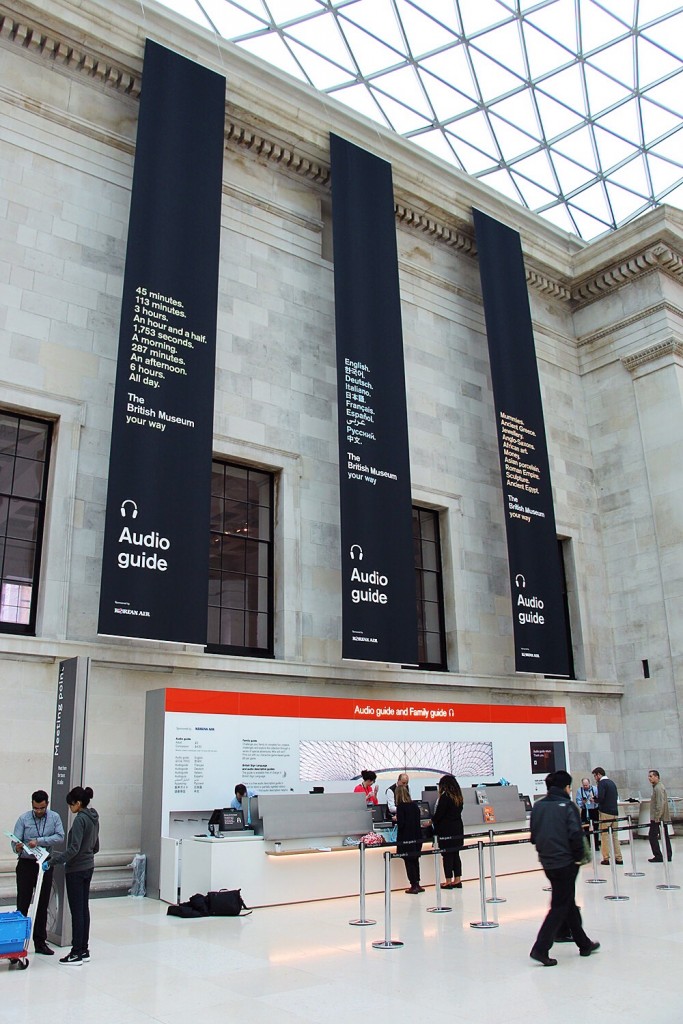
The newly designed audio guide retail desk (in the process of being stocked) with marketing banners and multi-screen video in multiple languages including Chinese, our top-selling language
Key features
- Audio guide and accessories
- Main stop page
- Integrated Google indoor map
- High resolution photography
- My Visit: A summary of user’s journey
- Media player for audio
- Media player for video
- Family guide challenge screen
For visitors
- 260 stops (over 350 individual commentaries) in 10 languages
- Intuitive wayfinding with integrated Google indoor map of the Museum colour coded to the Museum’s own printed map
- My Visit feature which tracks which stops visitors listen to and sends them an email souvenir summarising their visit
- Thousands of new object photographs, both in-situ in the gallery and in the studio
- Turn-by-turn directions (audio and text with supporting images) for all tours
For staff
- NFC function for retail staff to quickly and easily re-set devices between user sessions
- Powerful, cloud-hosted content and asset management with distributed authoring
- Ability to create in-app notifications (in 10 languages) when objects are taken off display
- Regularly scheduled updates to the guide content over wifi
- Managed software upgrades for 1000 devices through mobile device management system
Product strategy
Currently, the guide cannot be downloaded on visitors’ own devices. It contains nearly 20GB of content in the form of audio, high resolution images and video: It would be impractical for visitors to download this amount of content onto their own devices. More importantly, the British Museum has little experience with a BYOD model for paid apps. The commercial imperative to improve and develop our successful on-site guide business overrode the temptation to experiment. In future, we may offer a slimmed down guide for download, but we would first carry out market research (just as we did for the on-site guide) to determine exactly what visitors want from it and what they would actually pay for.
Impact
- The increase in sales means we are achieving our goal of boosting take-up rate of the guide – more people are learning about the collection! Our goal is to sell around 180,000 guides in the first year.
- The impact on visitors’ experience of the Museum has been immediate and dramatic. Feedback from visitors shows that they find the guide intuitive and enjoyable to use. Dwell times in the galleries are much higher. Visitors are “heads-up” with the new guide, proving they are happy to drop it to listen and engage with objects while stops are playing.
- Better experience for fast growing visitor segment. Mandarin (followed by English and Spanish) is our best-selling language. We spent extra effort during the design and development process to prioritise the feedback of Chinese visitors. For example, we tested voices of several Mandarin narrators’ to find the ones visitors preferred. Feedback from this important group indicates they appreciate the content.
- A significant impact of the project has been to transform the sometimes challenging relationships with our key internal collaborators (retail and marketing). An intensively visitor-centred and collaborative approach has provided a model for how the digital team can work more effectively with stakeholders to deliver benefits for visitors and the organisation itself.
How to review it
Online
- Images of the guide including screenshots/a>
- Two aspects of the marketing campaign: the product landing page and the video trailer
Onsite
- The best way to review the guide is by visiting the Museum
(GLAMi judges can contact smannion@britishmuseum.org to arrange to borrow a device for free)
Related links
- Audio guide landing page (includes sample audio content)
- Product trailer on YouTube
- Official press release
- Images of the guide including screenshots
- MW 2015 paper summarising initial user research
- Re-thinking the British Museum’s audio guide: A conference presentation
- Review of the audio guide on the BT.com blog



